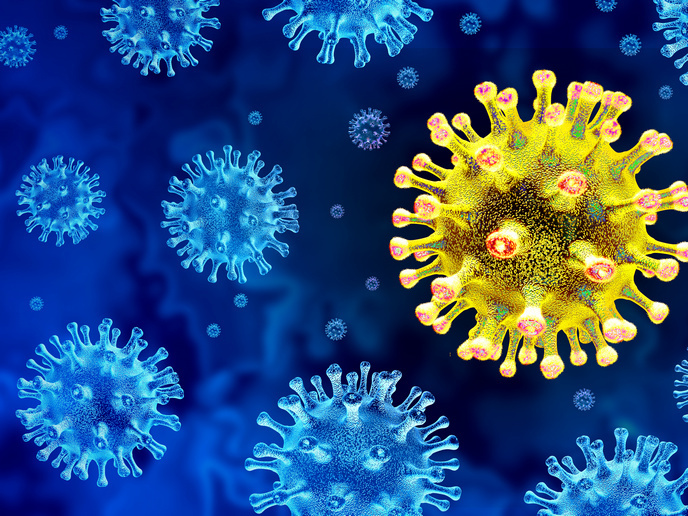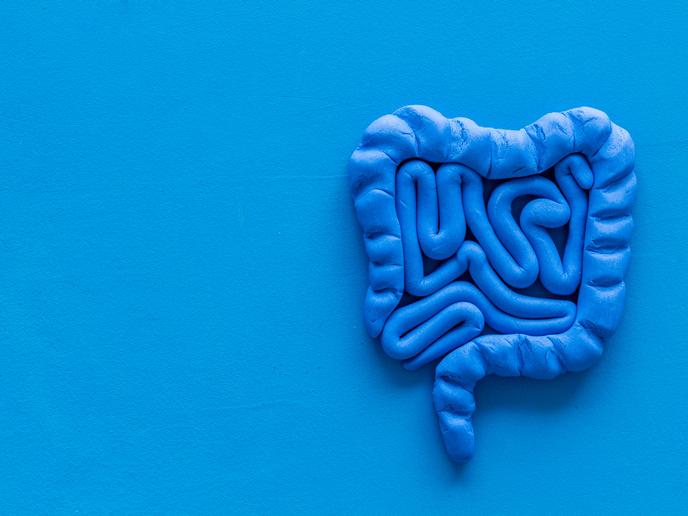A digital disease classification system fit for the modern medical era
The classification of diseases is still largely based on patient symptoms, an approach that dates back to an era when doctors relied on spoken information and visual cues. “You have to be aware that our current classification system for diseases has its roots in the middle of the 19th century,” says Professor Dr Martin Hofmann-Apitius from the Fraunhofer Institute for Algorithms and Scientific Computing SCAI, the AETIONOMY (Organising Mechanistic Knowledge about Neurodegenerative Diseases for the Improvement of Drug Development and Therapy) project co-coordinator. “We are still following principles that go back way before we even knew what a ‘gene’ was.” The EU and industry-funded AETIONOMY project therefore designed a ‘mechanism-based taxonomy of disease’ with a particular focus on neurodegenerative diseases: namely Alzheimer’s and Parkinson’s. The concept was based on an intriguing idea: “If we can classify patients according to their disease mechanisms, we are in the position to predict with high accuracy whether they will benefit from a drug that targets each mechanism,” says Dr Hofmann-Apitius. A 21st century model AETIONOMY systematically captures and represents knowledge on neurodegenerative diseases in a computable format, as a graph model that represents causes and effects and that can be analysed using algorithms. It was designed to take into account molecular biomarkers (e.g. proteins), recognising the role of personalised genomes with their individual genetic variations and including various other underlying features that have only been feasible to measure in the past few years: using neuro-imaging, for example. “The real challenge, however, in this field is: nobody knows what mechanism(s) are responsible for these neurodegenerative diseases,” says Dr Hofmann-Apitius. “This is why they are called ‘idiopathic’, to indicate that their aetiology [the cause or underlying causes of a disease or condition] is unknown.” “The challenge was substantial,” explains Dr Hofmann-Apitius, “especially because the pharmaceutical industry partners who initiated the call wanted the new taxonomy to be validated in a clinical study, meaning demonstrating its stratifying and classification potential.” As Dr Hofmann-Apitius says, the project’s goal was to explore if it was possible to identify patient-subgroups in Alzheimer’s or Parkinson’s disease based on disease mechanisms. “The good news is: we could demonstrate exactly that,” he reveals. A wider response “Because of the project, scientists are stepping back and starting to re-think neurodegeneration again,” says Dr Hofmann-Apitius. “I am convinced: AETIONOMY has paved the way for future strategies in drug discovery and drug development in neurodegeneration research.” AETIONOMY has prepared the ground for a computational approach that drives subsequent experimental work in labs. But there is a long way to go to develop better, more efficient and cheaper drugs based on the insights and principles worked out during the project. The project also developed the concept of ‘Virtual Patient Cohorts’: synthetic data sets that give a new way of sharing patient-level data without compromising the privacy of any real person on Earth. The team also gained new insights into misfolded proteins as a potential new mechanism for the ‘spreading’ of disease in the human brain. “The AETIONOMY concept was quite revolutionary and a bit unusual to many experimental clinical researchers and biologists,” explains Dr Hofmann-Apitius, “and there were several competing ideas about how a mechanism-based taxonomy could and should be constructed.” “At some point, we had to change the strategy, but finally the project — and that includes the entire consortium with all its partners — delivered on the promise,” he says.
Keywords
AETIONOMY, Parkinson’s, Alzheimer’s, disease, classification, update, mechanisms, causes, neuroimaging, genetics







